All about the bars on the gates made of corrugated board

The wicket and gates perform not only a decorative, but also a security function. Accordingly, they must be equipped with high-quality locking devices. In addition to locks and other key systems, there are many options that you can make yourself. The main thing is that the constipation is not too complicated, fits into the overall composition and is comfortable to use.
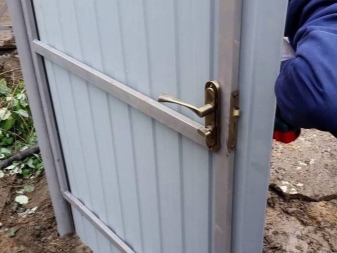

Species overview
The hash on the gates made of corrugated board has several varieties. Among them there are devices that can be easily made and installed by a person without special professional skills. According to the type of fastening, the bolts are divided into a number of models.
-
Horizontal. Installed at the top, center or bottom - depending on the desire and intended use. These are rather massive latches, consisting of a shell, a fixing hinge and a metal rod that moves.
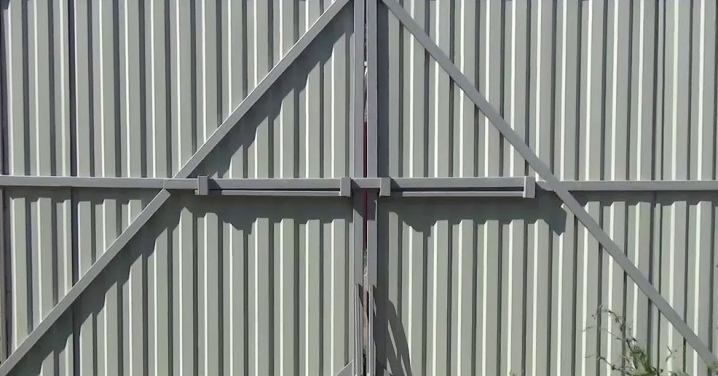
- Vertical. Similar to the previous ones in the places of installation, but the movement is carried out due to the rods. These modifications are suitable for swing gates.
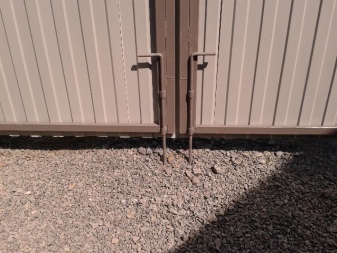
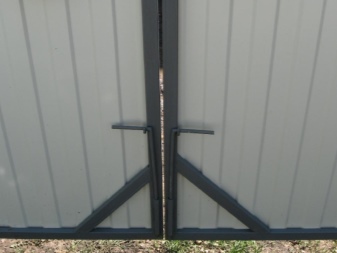
- Additional. They have no protective functionality, they are fixed from the outside. It is necessary to have other locking devices.
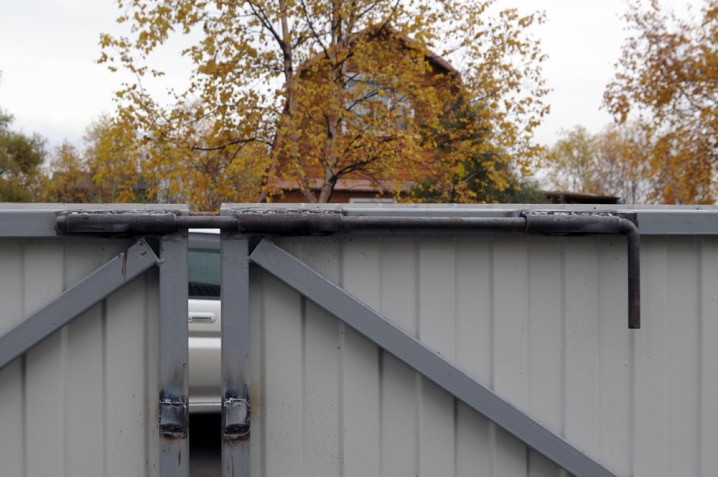
As for the type of construction, there is also a classification here.
-
Locks. The most simplified version, which is incredibly easy to assemble on your own without much time consuming. From the advantages of the device - strength, reliability, even under strong wind conditions.
-
Turntables. This is a kind of wicket bolt, very simple, elementary created independently, welding is not needed here. The fasteners are located in the center of the base, the wings lock one or two flaps. Not very reliable design, suitable for temporary or additional use.
-
Hooks. A simple device where a hook and a clip act as a fixture.
-
Constipation. Any person without special skills can assemble such a unit on the eyes. It is made of steel, therefore, it is strong enough, well suited for garage doors.
-
Hasp-pins. Easy to form from pipe cuttings, need to dig in the pins.
-
Heck. Additional locking device that is used in combination with the main one. The installation principle is simple.
-
Hinged latches. They can be made of steel or wood, suitable for wickets. The types are varied, but the principle of operation is the same - when the sash is closed, the valve falls due to its weight and falls into the retainer. It will not be difficult to open from the inside, but difficult to do from the outside.
-
Pens. Spring or rotary type, it is impossible to create such a model on your own without professional skills. In fact, these are several loops and a rod on a spring. Suitable for wickets.
-
Overhead lock. Includes lock and immersion parts, it needs a key. This model can only be purchased ready-made.
-
Mortise lock. There are electromechanical and magnetic types, installation is not easy and requires special skills.
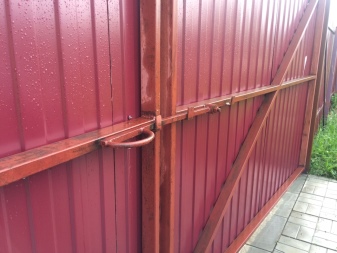
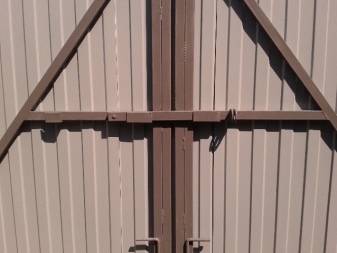

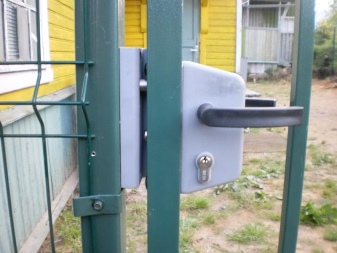
How to do it yourself?
Gate valves made of profiled sheet can be not only purchased, but also made by hand. It is important here to choose simple but effective designs for installation.
Eyelet constipation:
-
the easiest way to do it yourself, but you need a welding machine;
-
lugs are welded on both sides in the center of the sashes in the contact area;
-
a lock of any kind is hung in the opening, for example, a hinged one.
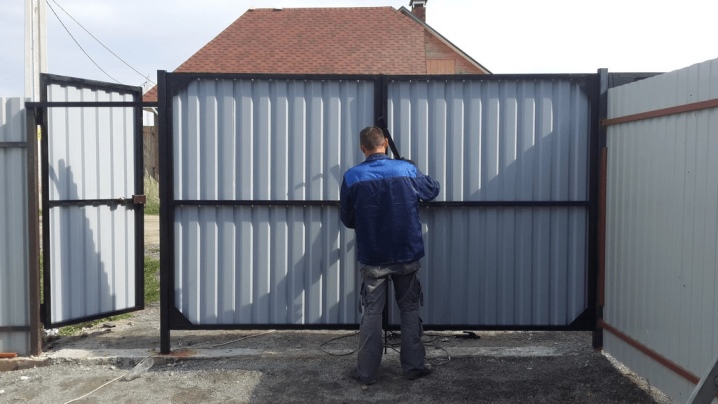
Pin-type mechanism:
-
another typical device that works in a similar way to lugs;
-
hollow metal pipes are welded vertically at the corners of the flaps, the length of the pipes is up to 20 cm;
-
such pipes are dug into the soil;
-
parts of reinforcement up to 50 cm are given a silhouette of a latch;
-
it remains only to thread the finished locks through the tubes vertically.
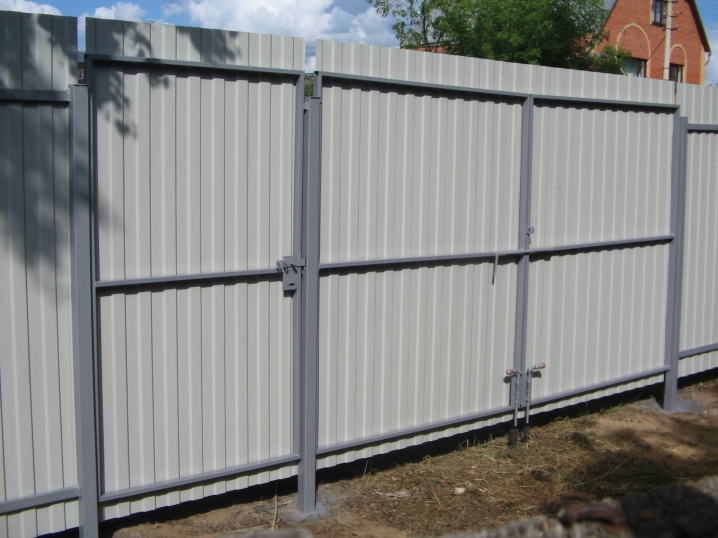
Locks:
-
the length of the bolt should be the same size as possible with the length of the sash;
-
you need metal staples in the amount of 4 pieces, a ready-made latch and base;
-
staples are attached to the base by welding or in another way;
-
a bolt is passed through the staples;
-
a stopper can be fitted to prevent falling out.
Latches:
-
the bolt can be in the form of a latch or have another form;
-
you will need from 4 to 6 L-shaped hooks made of metal of identical sizes;
-
hooks are fixed where the flaps are in contact with each other;
-
a pipe / bolt is threaded through the hooks.
All of these models are quite reliable in operation, popular and easy to manufacture.
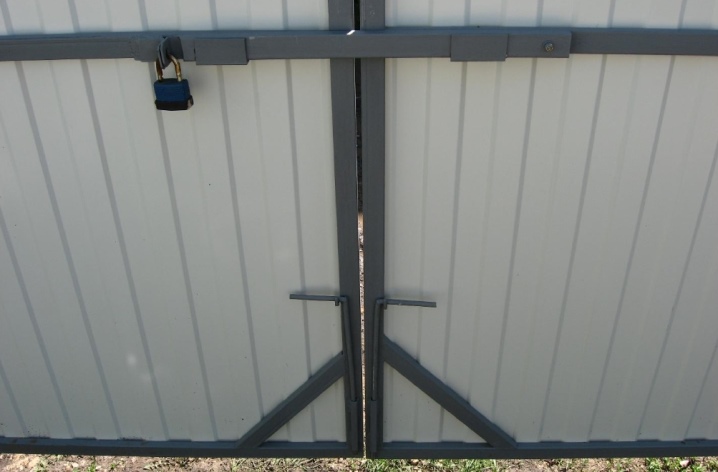
How to install?
First of all, you need to prepare all the necessary tools. May come in handy:
-
vice;
-
screwdrivers;
-
pliers;
-
keys;
-
roulette;
-
drill with drill for working with metal surfaces;
-
Bulgarian;
-
welding machine.
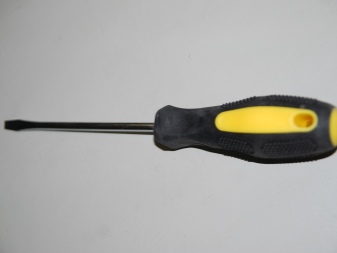
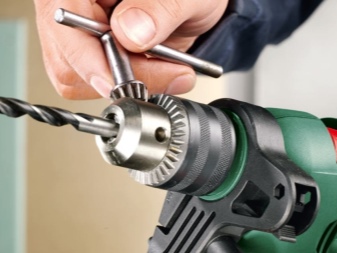
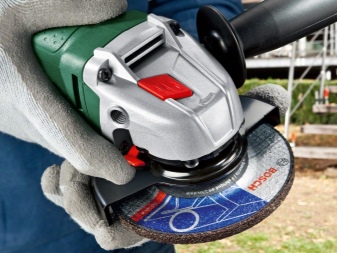

As for the materials, here it is worth taking care of the acquisition:
-
a latch, bolt, latch or other type of constipation;
-
channel bars;
-
wooden bars;
-
bolts, nails;
-
strong cords.
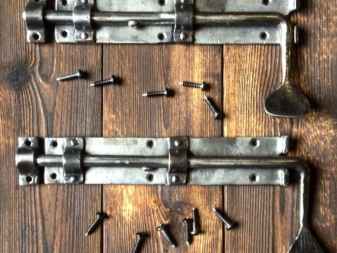
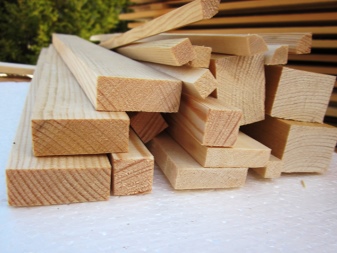
The installation process consists of the following steps:
-
the installation site is selected, the location point, the length of the locking device or the place of its digging into the ground are noted;
-
the dimensions of the base and the moving part are calculated;
-
rods are cut out, a movable device is shaped as needed;
-
brackets are welded on, or another base is installed in other ways;
-
if necessary, deepening in the soil is drilled or dug out by another method;
-
the movable device is placed, the limiters are installed.
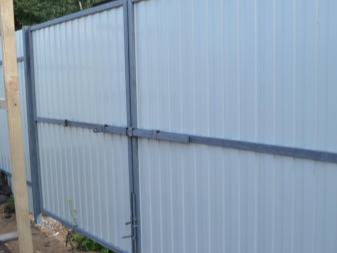













The comment was sent successfully.